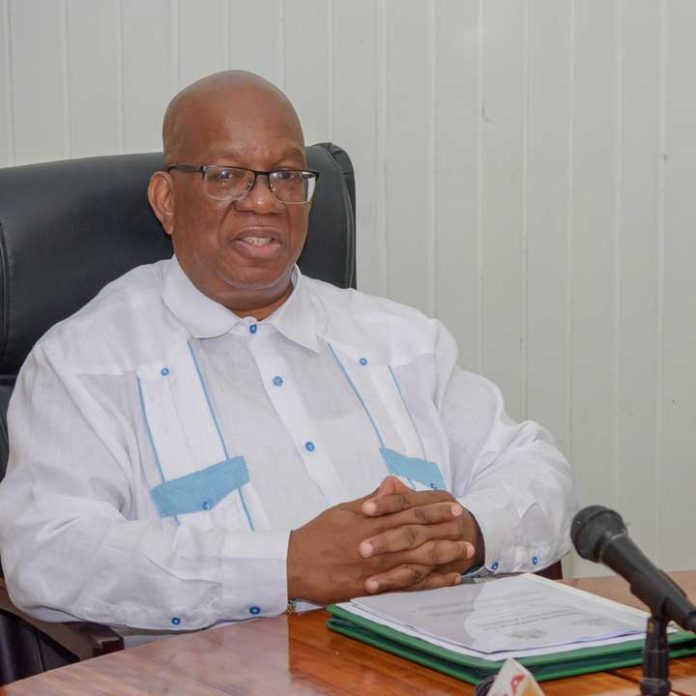Dr. Ganesh Rampat, in a recent article for the Guyana Business Journal, praised the People’s Progressive Party (PPP) government for regaining full control over the nation’s budget and expenditure patterns in 2021, following their return to power in August 2020. He highlighted that the previous administration, A Partnership for National Unity and Alliance for Change (APNU+AFC), had engaged in what he termed a “spending spree” in 2020, resulting in a dramatic increase in the fiscal deficit—from G$29.9 billion to G$90.2 billion. Rampat characterized this as a staggering 201.2 percent rise, the most significant fiscal expansion seen this century.
However, this assertion was met with strong opposition from Winston Jordan, the former Minister of Finance under the APNU+AFC. Jordan, a seasoned economist and statistician, took immediate exception to Rampat’s claims, arguing that they lacked substance and factual support. He emphasized that 2020 was an extraordinary year, noting that the APNU+AFC government was operating without an official budget due to the dissolution of parliament in December 2019. This situation restricted government spending to just one-twelfth of the previous year’s budget each month.
Additionally, the year was profoundly affected by the global COVID-19 pandemic, which necessitated considerable additional funding to tackle the public health emergency. The year was also marked by contentious general elections and subsequent political turbulence.
After outlining the context, Jordan shifted focus to the financial data, asserting that despite the unprecedented circumstances, the APNU+AFC government managed to allocate GY$182 billion—approximately 54% of the total expenditure for 2020, as stated by Public Works Minister Juan Edghill during the budget presentation. The remaining 46% of the expenditure was the responsibility of the PPP/C government, which took office in the latter half of 2020.
Jordan further elaborated that the PPP’s budget for 2020 included extensive tax modifications that resulted in significant revenue losses. He explained that the combined impact of diminished tax revenue due to COVID-19 and increased expenditure during the last five months of 2020 culminated in a deficit of G$86 billion, rather than the G$90 billion claimed by Rampat.
In light of these facts, Jordan questioned the validity of Rampat’s assertion that the APNU+AFC administration had engaged in reckless spending in 2020. He challenged Rampat to provide tangible evidence or statistics to substantiate such claims, insisting that the facts were clear and self-evident. His rebuttal unveiled what he described as “deception” in Rampat’s statements, emphasizing the necessity of fact-checking and critical thinking before accepting claims at face value.
Jordan’s assertive and evidence-based response underscores a significant moment in Guyana’s political dialogue, where public figures are held accountable for potentially misleading narratives that could impact reputations and policy decisions. His challenge serves as a crucial reminder of the importance of scrutinizing information and questioning prevailing narratives, especially in an era where misinformation can proliferate rapidly.
With a robust background in budget preparation and management spanning six presidential administrations—seven if one includes Sam Hinds’ brief tenure—Winston Jordan remains a pivotal figure in discussions surrounding Guyana’s fiscal policy. His extensive experience, from the era of Forbes Burnham to that of Donald Ramotar, continues to inform his contributions to the nation’s economic discourse.


